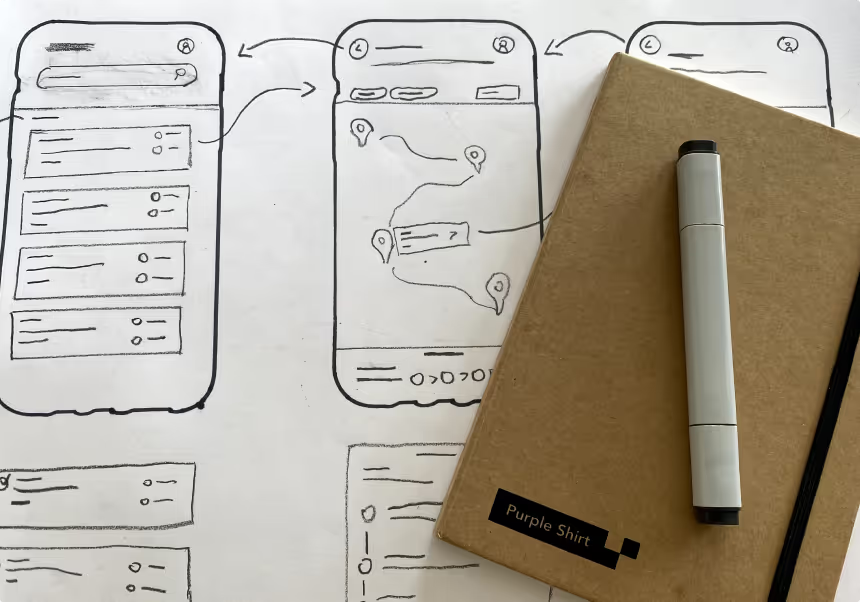In the ever-evolving world of design, "Interaction Design" as a distinct design discipline is becoming increasingly endangered. Once a foundational skill that drove the early conceptual design upon which visual design could subsequently be applied after testing with end users, Interaction Design has been consumed by the broader field of User Experience (UX) design. This led to a dilution of the core discipline of interaction design, resulting in the degradation of the interactive experience and creating ambiguity and confusion for practitioners and employers.
Connecting technology services and human needs through design analysis
Interaction Design is about connecting the capabilities of technology products and services to human needs through design analysis. It results in conceptual designs and wireframes that carefully consider aspects such as information architecture and scalable/reusable interactive design patterns. We believe this skill is integral in ensuring that a website, app, or digital platform is not only usable and looks appealing but is useful, functions optimally, and drives customer choice. In the past, interaction designers were responsible for the “analysis” of the user's journey, focussing on the underlying mechanics of how a customer interacts with a digital experience without being distracted early on by aesthetics. We still encourage our team to sketch design ideas using pen, paper and whiteboards to avoid becoming prematurely focussed on visual design during the analytical and conceptual phase of design.
Does UX design neglect the fundamentals of interaction design?
However, in recent years, the rise of the term "UX design" has led to the assimilation of interaction design into a larger and more ambiguous field. UX design, in theory, encompasses not only interaction design but also user interface (UI) design, graphic design, service design, and more. While this evolution broadens the horizons of design, it risks neglecting the fundamentals and logic of Interaction Design.
One of the reasons for this shift is that UX design has become a buzzword in the industry. Companies often seek UX designers without realising that, to be truly user-centred, designers should have strong analytical and interaction design skills. This has resulted in job descriptions that blur the lines between UI, UX and even CX design, further obscuring the importance of specialised interaction design skills.
One consequence of this trend is that many designers may find themselves handling interaction design tasks without the necessary expertise, potentially compromising the quality of the end user experience. Because designs without solid interaction design can “look good” they often get signed off for development by product owners and stakeholders without necessary attention being paid to the detail of the interactive model, information architecture and various user journeys. Companies that lack true interaction design capability may discover issues too late, after they've already compromised design through development and released products to the market.
As well as being the first design discipline that is ideally applied to a project, interaction design is also a more analytical approach that strives to align user needs with the goals of the organisation. This delicate balance is where the magic of interaction design happens making the user and the business successful together.






